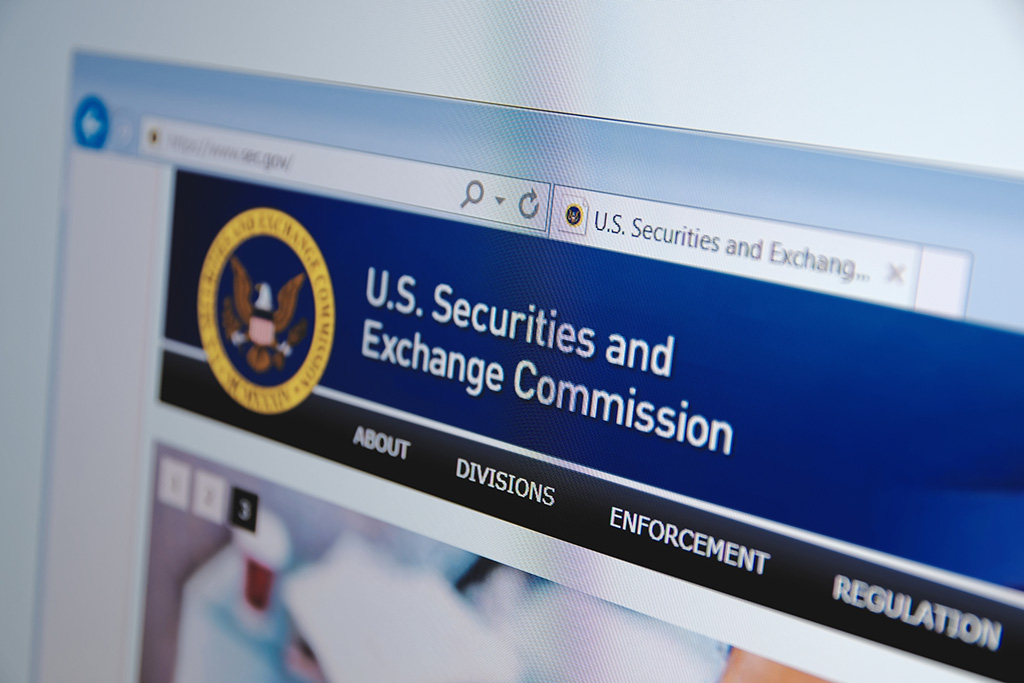While a digital asset may look like a security at first, it could potentially become decentralized enough in the following years to no longer resemble a security. Bearing this principle in mind, SEC commissioner Hester Peirce has proposed a safe harbor period for token sales.
The official at the Securities and Exchange Commission (SEC) Hester Peirce, named “CryptoMom” by the crypto community, suggested a so-called ‘safe harbor’ for all upcoming token projects. Her opinion is that this could give them some space to establish their networks and communities without having to worry about the legal system.
The main idea is that crypto startups can get a three-year grace period from their first token sale in order to accomplish a decentralization rank adequate to pass through the agency’s securities appraisal. And one of the important things to pass is the famous U.S. Supreme Court assessment – Howey Test.
Token May Begin as Security and Evolve in Different Asset
For now, the SEC has brought the requirement to obey actions against a number of companies that made and sold tokens, including Telegram and Kik.
The proposal clearly says that the analysis of whether a token is offered or sold as a security is not static and does not strictly inhere to the digital asset. That means that some tokens may seem to have all the aspects of a security at launch but grow to the point where it no longer seems to be one.
Ether and EOS Began as Security
For example, take Ether, the native token of the Ethereum blockchain. Back in 2018, SEC Director of Corporation Finance William Hinman said Ether by that point did not appear to be a security. SEC Chairman Jay Clayton later agreed that digital assets could at some point no longer be investment contracts. He even suggested Ether could have begun as a security but its network evolved and it stopped being one.
A similar thing happened with EOS. The SEC settled charges with the company last year, claiming the original ERC-20 EOS token was a security, but the project’s final EOS token was not.
Peirce then said:
“The application of the federal securities laws to these transactions frustrates the network’s ability to achieve maturity and prevents the transformation of the token sold as a security to a non-security token functioning on the network.”
Network Maturity Is Important
Be it as it may, the proposal defines an “initial development team,” which will manage the network’s development over its first three years, and “network maturity,” meaning network that is “not controlled and is not reasonably likely to be controlled” by a single entity or individual but is operational.
When talking about above-mentioned grace period, at the end of it, the initial development team will have to decide if token transactions make also securities transactions.
During her speech, Peirce said:
“Admittedly, the liquidity condition may surprise observers of SEC staff positions in which attempts to facilitate secondary trading have been viewed as indicia of a securities offering. In the context of the safe harbor, by contrast, secondary trading is recognized as necessary both to get tokens into the hands of people that will use them and offer developers and people who provide services on the network a way to exchange their tokens for fiat or cryptocurrency.”
‘Safe Harbor’ Depends on Teams Acting in Good Faith
Peirce added that ‘the safe harbor’ proposal depends on development teams acting in good faith. She also said that teams with members who are already disqualified “as a bad actor under the securities laws” due to past actions won’t be able to approach it.
She said:
“SEC enforcement has played an important role in combating fraud in connection with token sales. The safe harbor would not provide immunity from such actions.”
It is important to note that the proposal probably will not apply to projects that are already operational.





![Shiba Inu [SHIB] may need more than the Metaverse to wake up from its slumber](https://kryptowings.com/wp-content/uploads/2022/09/minh-pham-LTQMgx8tYqM-unsplash-218x150.jpg)



